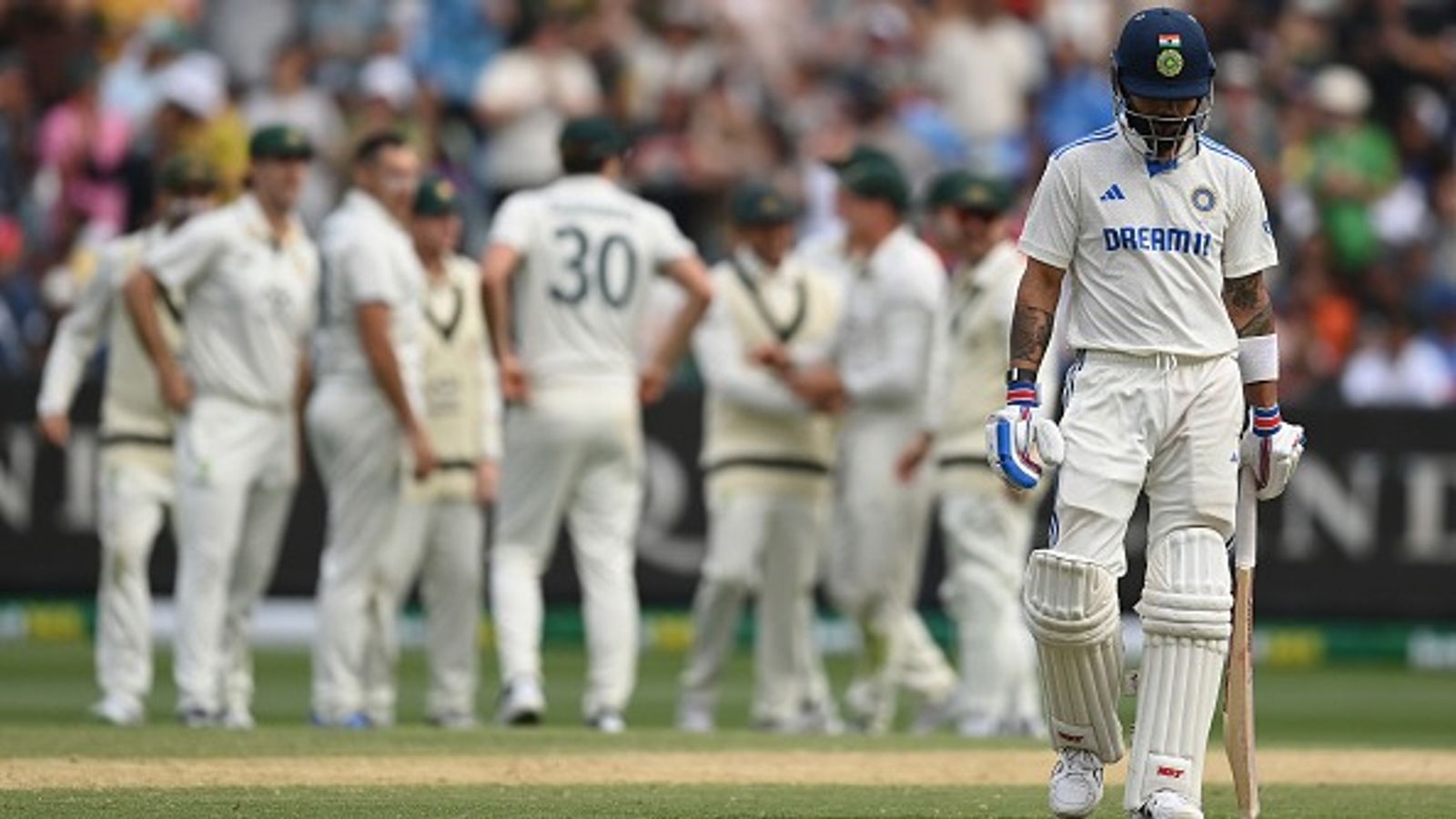Team India had a rough day out on Day 2 of the fourth Test against Australia at the Melbourne Cricket Ground on December 27. Once again India are on a backfoot in the ongoing Border-Gavaskar Trophy series as they found themselves playing catch-up after Australia posted a big first-innings total despite the sunny conditions at the MCG.
India look to avoid follow-on in 4th Test against Australia
At the end of Day 2, India were in a perilous position at 164/5, trailing by 310 runs. To avoid the follow-on, India must bat cautiously and post a score so as to compel Australia to bat again in their second innings.
The onus lies on the shoulders of Rishabh Pant (6 not out) and Ravindra Jadeja (4 not out), who were intact on the crease by the end of Day 2's game. Their batting in the morning session on Day 3 will be crucial in determining whether India can avoid the follow-on or not.
How many runs India need to avoid follow-on in MCG Test?
According to the MCC's laws of cricket, specifically article 14.1.1, in a two-innings match of five days or more, the team batting first has the option to enforce the follow-on if they establish a lead of at least 200 runs. In this scenario, Australia, having scored 474 in their first innings, would have the option to enforce the follow-on if India's first innings total is 274 or less.
However, if India manage to score 275 or more runs in their first innings, Australia will lose the right to enforce the follow-on and will be required to bat in their second innings.
The decision to enforce a follow-on rests solely with the captain of the team batting first. Notably, the decision must be communicated to both the opposing captain and the umpires. Once the decision is made, it cannot be reversed.
The minimum lead required to enforce a follow-on may vary depending on the number of days remaining in the match. If the first day of play is lost, the required lead is adjusted accordingly. For instance, in a four-day match, the team batting first must have a lead of at least 150 runs to enforce the follow-on.


